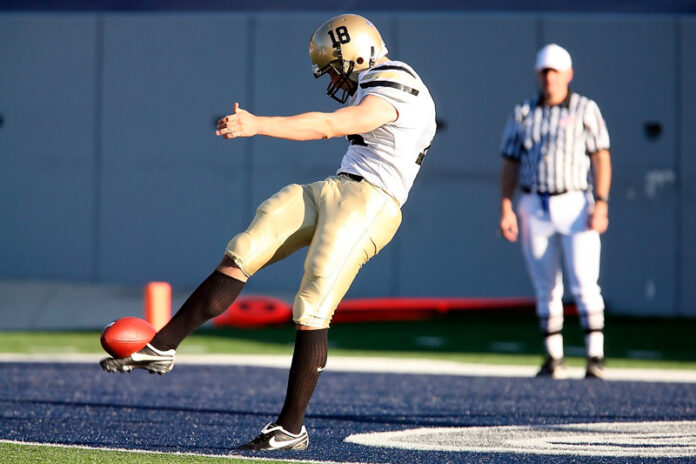The Basics of Touchbacks: A Game-Changing Moment
We’ve all been there – watching a football game, the tension mounting as the ball soars through the air on a kickoff or punt. Suddenly, it crosses the goal line, and the referee’s arms go up in that distinctive “T” shape. But what exactly just happened? What we’ve witnessed is one of football’s most pivotal yet often misunderstood plays: the touchback.
What is a touchback in football? Simply put, it’s a play where the ball crosses the opponent’s goal line and results in the receiving team starting their next play from a specified yard line. In this comprehensive guide, we’ll dive deep into what a touchback in football really entails, exploring its significance, the specific rules around it, and how it can dramatically shift the momentum of a game. Whether you’re a seasoned football fan looking to brush up on the finer points or a newcomer trying to make sense of the gridiron, we’ve got you covered. So, let’s kick things off and tackle what a touchback in football truly means!
The Definition of a Touchback
At its core, a touchback occurs when the ball becomes dead on or behind the goal line possessed by the team defending that goal line. It’s a deceptively simple concept with far-reaching implications for both offense and defense. Think of it as nature’s way of hitting the reset button on a play, giving the receiving team a fresh start from their own 20 or 25-yard line.
When Does a Touchback Happen?
Touchbacks don’t just materialize out of thin air – they’re the result of specific in-game scenarios. Let’s break down the most common situations:
- Kickoffs sailing into (or out of) the end zone
- Punts crossing the goal line
- Interceptions in the end zone
- Fumbles that roll out of bounds in the end zone
Each of these scenarios presents its own unique set of challenges and strategic considerations for both teams. As we delve deeper into this article, we’ll explore how coaches and players adapt their tactics to either force or avoid touchbacks, depending on the game situation.
The Evolution of Touchback Rules
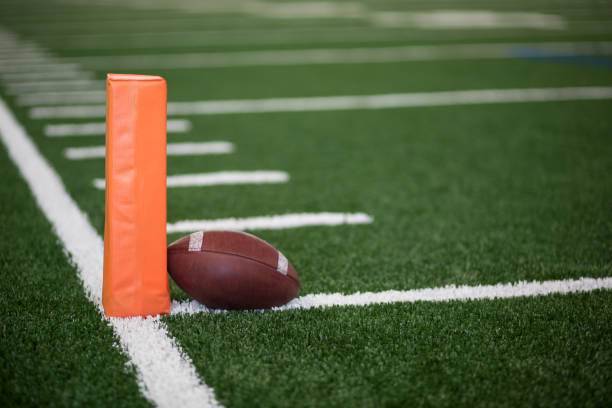
Like any aspect of football, touchback rules haven’t remained static. They’ve evolved over time, reflecting changes in playing styles, safety concerns, and efforts to make the game more exciting for fans. Let’s take a stroll down memory lane and see how touchbacks have transformed over the years.
The Early Days: A Different Game
In the nascent years of football, touchbacks were treated quite differently. The concept existed, but the implications were far less favorable for the receiving team. Imagine having to start from your own goal line after a touchback – talk about being backed into a corner!
The Move to the 20-Yard Line
As the game progressed, so did the understanding of fair play and competitive balance. The shift to placing the ball at the 20-yard line after a touchback was a game-changer, quite literally. This move gave receiving teams a fighting chance and added a new layer of strategy to kickoffs and punts.
Recent Changes: The 25-Yard Line on Kickoffs
In a bid to reduce high-speed collisions and improve player safety, the NFL made a significant change in 2016. Touchbacks on kickoffs now result in the ball being placed at the 25-yard line instead of the 20. This seemingly small adjustment has had far-reaching effects on kickoff strategies, as we’ll explore later in this article.
The Strategic Implications of Touchbacks
Now that we’ve covered the basics, let’s dig into the meat and potatoes of touchbacks – their strategic importance. Far from being a mere technicality, touchbacks can be a powerful tool in a team’s arsenal, influencing field position, momentum, and even the psychological state of players.
The Kicking Team’s Perspective
For the kicking team, touchbacks present a double-edged sword. On one hand, they guarantee that the receiving team won’t run the ball back for a big gain or even a touchdown. On the other hand, they give up valuable field position, especially with the new 25-yard line rule on kickoffs.
The Art of the “Mortar Kick”
In response to the rule change, many teams have started employing the “mortar kick” – a high, arcing kick designed to land just short of the goal line. This forces the receiving team to make a decision: attempt a return from deep in their own territory or let the ball bounce, risking even worse field position.
The Receiving Team’s Dilemma
For the team fielding the kick or punt, touchbacks offer a safe but potentially limiting option. The guaranteed starting position can be appealing, especially when facing a strong kick return defense. However, it also means forfeiting the opportunity for a game-changing return.
Risk vs. Reward: To Return or Not to Return?
The decision to return a kick from deep in the end zone or let it go for a touchback often comes down to split-second judgment. Factors like the score, time remaining, and the team’s confidence in their return unit all play into this high-stakes choice.
Touchbacks in Different Football Leagues
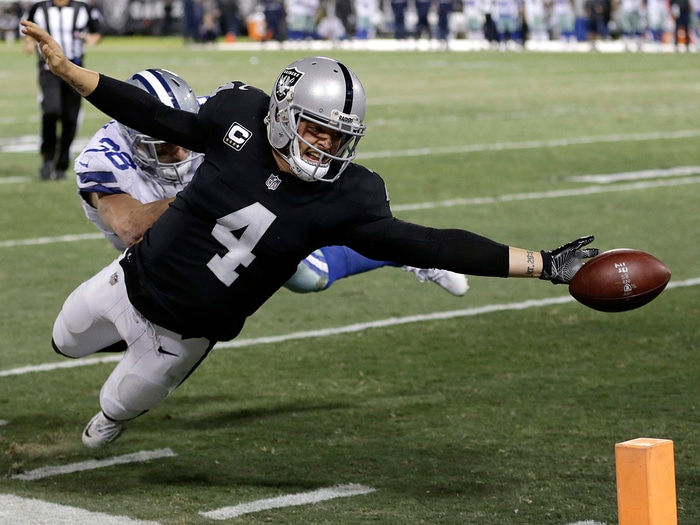
While we’ve primarily focused on NFL rules so far, it’s worth noting that touchback regulations can vary across different levels and leagues of football. Let’s take a quick tour of how touchbacks are handled in various football contexts.
College Football: Slight Differences, Big Impact
In college football, the basic concept of a touchback remains the same, but there are some notable differences:
- Kickoff touchbacks still result in the ball being placed at the 25-yard line
- Punt touchbacks bring the ball out to the 20-yard line
These small variations can lead to significant differences in strategy compared to the pro game.
High School Football: Keeping It Simple
At the high school level, touchback rules tend to be more straightforward:
- All touchbacks, whether on kickoffs or punts, result in the ball being placed at the 20-yard line
- This consistency simplifies the game for younger players while still maintaining the strategic element of touchbacks
International Variations: Football Around the Globe
As American football spreads internationally, touchback rules have been adapted to fit different playing styles and field dimensions. From Canada’s larger fields to Europe’s growing football scene, the concept of the touchback remains, even if the specifics may differ.
The Physics of Touchbacks: It’s Rocket Science!
Believe it or not, there’s a lot of science behind a successful touchback. From the arc of the kick to the effects of weather conditions, understanding the physics involved can give teams a significant advantage.
The Perfect Kick: Angle, Speed, and Spin
Kickers spend countless hours perfecting the art of the touchback kick. The ideal combination of launch angle, ball speed, and spin can mean the difference between a touchback and a returnable kick. We’re talking about margins of inches here, folks!
Weather Factors: Wind, Temperature, and Altitude
External factors play a huge role in the likelihood of a touchback. A strong tailwind can turn an average kick into a booming touchback, while cold temperatures can make the ball feel like a brick, reducing its travel distance. And let’s not forget about the “Mile High” advantage in Denver!
Famous Touchback Moments in Football History
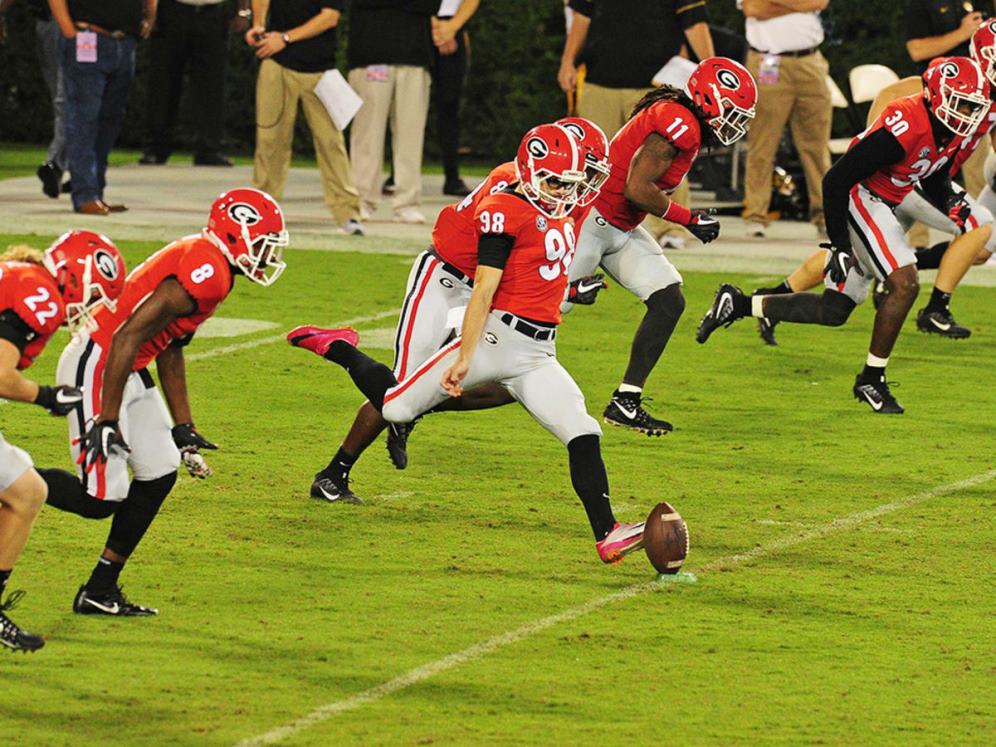
While touchbacks might seem like routine plays, they’ve been at the center of some truly memorable football moments. Let’s revisit a few instances where touchbacks made headlines and changed the course of games.
The “Touchback Heard ‘Round the World”
In a crucial playoff game, a last-second field goal attempt fell short, was caught in the end zone, and nearly run back for a game-winning touchdown before the returner was tackled just shy of the goal line. The result? A touchback that ended the game and sent shockwaves through the football world.
The Intentional Touchback Strategy
We’ve seen coaches instruct their players to intentionally down the ball in the end zone, even when a return seems possible. This conservative approach has both won and lost games, sparking debates about risk management in football.
Training for Touchbacks: A Specialist’s Game
Creating or avoiding touchbacks isn’t just about raw power – it’s a skill that requires dedicated training and practice. Let’s peek behind the curtain at how players prepare for this crucial aspect of the game.
Kicker’s Drills: Precision and Consistency
Kickers work tirelessly on their touchback technique, using a variety of drills to hone their skills:
- Distance kicking to build leg strength
- Accuracy drills to hit specific spots in the end zone
- Situational practice to simulate game conditions
Return Team Tactics: Decision-Making Under Pressure
For the return team, preparing for potential touchback situations involves:
- Judgment drills to quickly assess whether to return or take a knee
- Communication exercises to ensure all players are on the same page
- Situational awareness training to understand when risks are worth taking
The Future of Touchbacks: Rule Changes on the Horizon?

As football continues to evolve, so too might the rules governing touchbacks. Let’s gaze into our crystal ball and consider some potential changes that could reshape this aspect of the game.
Safety First: Potential Adjustments for Player Protection
With player safety at the forefront of many rule discussions, we might see:
- Further incentives for touchbacks to reduce high-speed collisions
- Modifications to kickoff formations to decrease the risk of injuries
Keeping It Exciting: Balancing Safety and Spectacle
On the flip side, there’s always pressure to keep the game thrilling for fans. Future rules might aim to:
- Encourage more kick returns without compromising player safety
- Introduce new strategic elements to the touchback decision
Touchbacks Beyond Football: A Cultural Touchdown
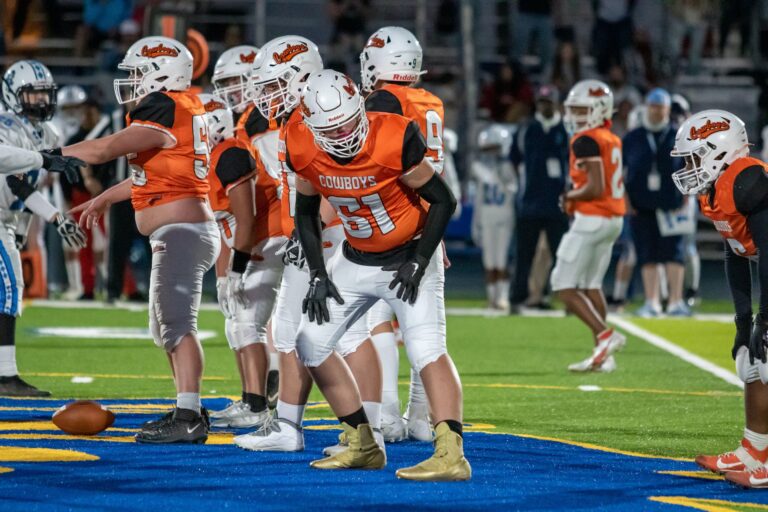
The concept of the touchback has transcended the football field and entered our cultural lexicon. Let’s explore how this term has found its way into everyday life and other sports.
Metaphors for a Fresh Start
In business and personal development circles, “touchback” is sometimes used as a metaphor for resetting and starting anew. It’s a powerful image of clearing the slate and beginning from a position of safety.
Touchbacks in Other Sports
The idea of a play resulting in a reset to a predetermined position isn’t unique to football. We see similar concepts in:
- Soccer, with goal kicks
- Basketball, with backcourt violations
- Even in some video games, where “respawning” serves a similar function
Conclusion: The Touchback’s Lasting Impact
As we’ve explored throughout this deep dive, the touchback is far more than just a minor rule in football. It’s a strategic lynchpin, a safety measure, and a moment of reset that can change the course of a game. From its humble beginnings to its current role as a key element of football strategy, the touchback continues to evolve alongside the sport itself.
Whether you’re a player, coach, or fan, understanding the nuances of touchbacks can greatly enhance your appreciation of the game. It’s a reminder that in football, as in life, sometimes the smartest move is to take a moment, reset, and start fresh from a position of strength.
So the next time you see that referee raise his arms in that distinctive “T” shape, you’ll know you’re witnessing not just a routine play, but a moment pregnant with strategic implications and historical significance. Now that’s something worth cheering about!
FAQs About Touchbacks in Football
Can a player cause a touchback by running out of the end zone with the ball?
No, if a player receives the ball in the end zone and runs out, it’s considered a return. A touchback only occurs if the player downs the ball in the end zone or if the ball goes out of bounds in the end zone.
Are touchbacks counted in a team’s total yardage statistics?
No, touchbacks are not included in offensive or defensive yardage statistics. They’re considered neutral plays that reset the field position.
Can a fumble that goes out of bounds in the opponent’s end zone result in a touchback?
Yes, if an offensive player fumbles the ball forward and it goes out of bounds in the opponent’s end zone, it results in a touchback, with the defending team gaining possession at their 20-yard line.
Is it possible to have a touchback on a field goal attempt?
Yes, if a missed field goal lands in or beyond the end zone without being touched by the receiving team, it results in a touchback.
Do touchback rules differ in overtime?
The basic touchback rules remain the same in overtime. However, strategic considerations may change depending on the overtime format being used (sudden death, modified sudden death, etc.).


